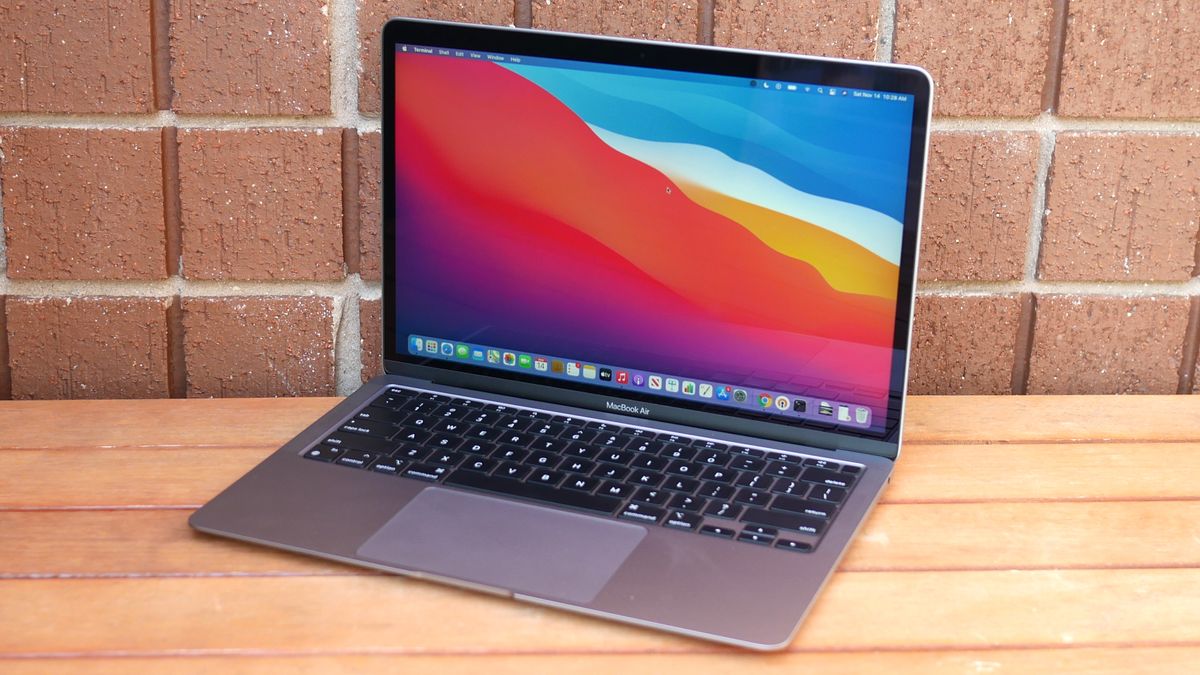

- #Mac computers for video editing install
- #Mac computers for video editing software
- #Mac computers for video editing free
But if you need to convert your files, there are a number of free applications online. For most modern camcorders and software, this won’t be a problem. Step 3: Convert your filesīefore you start editing, you need to make sure that your video files are saved in a format that’s compatible with your video editing software.
#Mac computers for video editing software
If you already have a favorite editing software that you use, this can help you save time and keep your imported files well organized. Many video editing applications can handle importing from an external device. The software will have either been provided on a CD with purchase, or will be available from the manufacturer’s website. For Windows, simply right-click on your device from the desktop or Windows Explorer and select “Import photos and videos.” On MacOS, you can use the Image Capture app with most camcorders and USB devices.įinally, most camera manufacturers also provide free software for importing footage, like Picture Motion Browser by Sony or PixelaMixer by Canon. Sometimes the file systems can be hard to navigate, however, in which case it’s best to use importing software.īoth Windows and Mac come with built-in video importing software. You can simply drag and drop to move video files onto your computer. Some devices and all SD cards enable you to simply browse your device’s file system like you would an external harddrive.
#Mac computers for video editing install
If this doesn’t happen automatically and you aren’t able to proceed with the next steps, visit the website of your device’s manufacturer to install the driver. If you’re connecting your device for the first time, your computer may need to install a device driver. Otherwise, if your camcorder uses removable media, like an SD card, you can simply insert it into an SD card reader connected to your computer.

Otherwise, you’ll need to order one from the manufacturer. If you’ve lost the cable, you may be able to use one from another device. Using the cable that came with your camcorder, connect your mobile device or camcorder to your computer. You can find the file type in your camera’s settings, and may even be able to change how videos are saved in order to skip this step in the future. If you’re using a camcorder, you may need to convert your file after transferring it, depending on your video editing software. If you’ve been shooting video on a mobile device, it should be compatible. Smartphones and tablets draw power directly from the computer they’re plugged in to, so you can skip this step.įinally, the import method may differ depending on the file type of your recording. Connect the AC adapter to your camera, plug it into the wall, and turn on your camcorder. Transferring large video files can take a long time and lots of battery power, and you don’t want your device to die in the middle of it.

If your camcorder has a separate cable for charging, plug this in first.


 0 kommentar(er)
0 kommentar(er)
